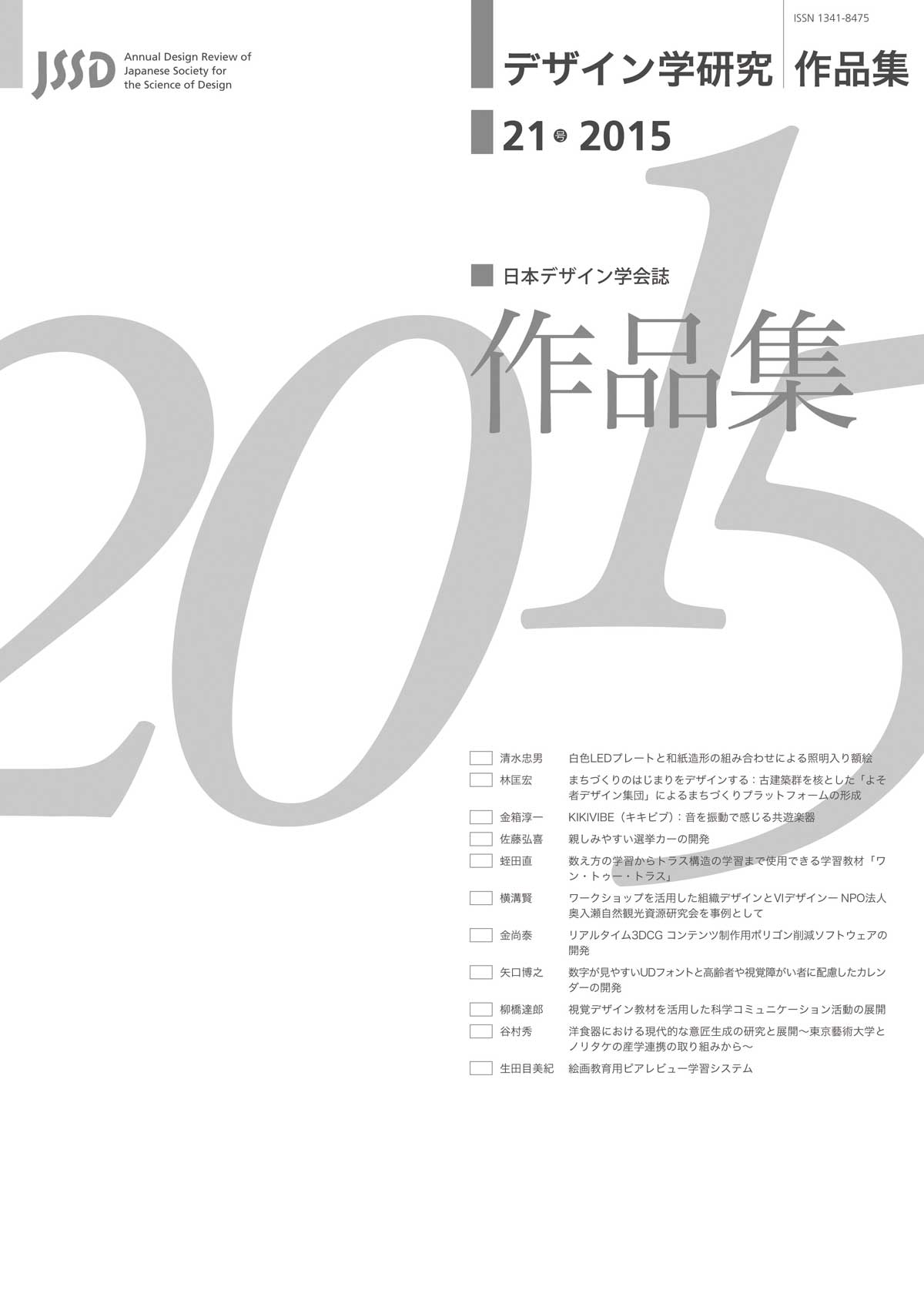Volume 21, Issue 1
Displaying 1-11 of 11 articles from this issue
- |<
- <
- 1
- >
- >|
-
2016 Volume 21 Issue 1 Pages 1_2-1_7
Published: February 01, 2016
Released on J-STAGE: April 19, 2016
Download PDF (2301K) -
2016 Volume 21 Issue 1 Pages 1_8-1_13
Published: February 01, 2016
Released on J-STAGE: April 19, 2016
Download PDF (2630K) -
2016 Volume 21 Issue 1 Pages 1_14-1_17
Published: February 01, 2016
Released on J-STAGE: April 19, 2016
Download PDF (2032K) -
2016 Volume 21 Issue 1 Pages 1_18-1_21
Published: February 01, 2016
Released on J-STAGE: April 19, 2016
Download PDF (2092K) -
2016 Volume 21 Issue 1 Pages 1_22-1_25
Published: February 01, 2016
Released on J-STAGE: April 19, 2016
Download PDF (3027K) -
2016 Volume 21 Issue 1 Pages 1_26-1_31
Published: February 01, 2016
Released on J-STAGE: April 19, 2016
Download PDF (2361K) -
2016 Volume 21 Issue 1 Pages 1_32-1_37
Published: February 01, 2016
Released on J-STAGE: April 19, 2016
Download PDF (2299K) -
2016 Volume 21 Issue 1 Pages 1_38-1_41
Published: February 01, 2016
Released on J-STAGE: April 19, 2016
Download PDF (1770K) -
2016 Volume 21 Issue 1 Pages 1_42-1_47
Published: February 01, 2016
Released on J-STAGE: April 19, 2016
Download PDF (2254K) -
2016 Volume 21 Issue 1 Pages 1_48-1_53
Published: February 01, 2016
Released on J-STAGE: April 19, 2016
Download PDF (2367K) -
2016 Volume 21 Issue 1 Pages 1_54-1_57
Published: February 01, 2016
Released on J-STAGE: April 19, 2016
Download PDF (2166K)
- |<
- <
- 1
- >
- >|
